Economies look to spread trade risks
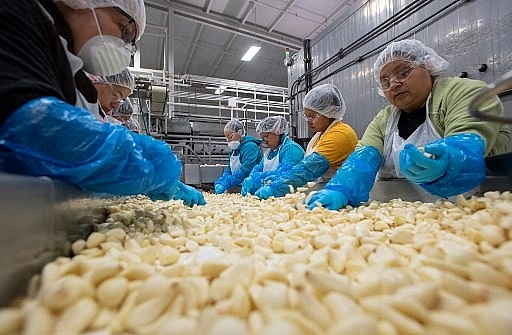 |
| Economies look to spread trade risks, illustration photo source AFP |
The latest date from the Foreign Investment Agency (FIA) under the Ministry of Planning and Investment showed that in the first five months of this year, Vietnam attracted 233 new Chinese investment projects registered at $1.56 billion. If additionally-registered capital from China’s operational projects and stake acquisitions is included, the total new capital from Chinese investors was $2.02 billion, accounting for 12 per cent of Vietnam’s total newly-registered foreign direct investment (FDI) volume, and turning China into the fourth-largest foreign investor of Vietnam, trailing behind Hong Kong, South Korea, and Singapore.
As a result, there are many large-scale investment projects on electrics, supporting industries, tyres, mechanical production, furniture, glass, and textiles and fabrics.
“Amid global tensions due to the uncertain outcome of the US-China trade dispute, in addition to the hefty tariffs placed on high technology, Vietnam has become a leading alternative manufacturing choice,” said Mark Barnes, partner for International Corridors and High Growth Markets for KPMG in the United States.
In a specific case, pouring more than VND800 billion ($34.78 million) into an abandoned zone in Hai Duong the middle of last year, locally-invested An Phat Plastic and Green Environment JSC under An Phat Holdings has rebuilt the zone as An Phat Industrial Park. According to Pham Anh Duong, chairman of the board of directors, since the end of 2018, the zone has received a series of Chinese business delegations who want to hire land.
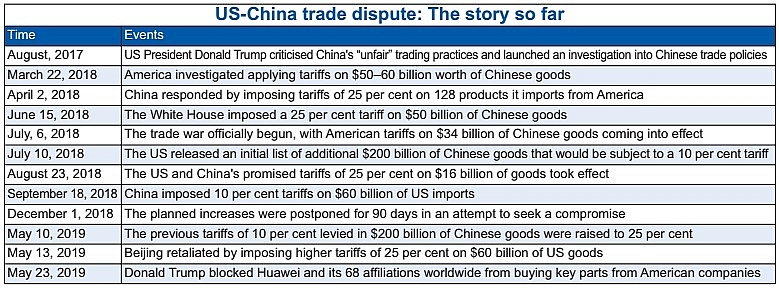 |
“Many investors from China, Hong Kong, and Taiwan have been here to look for investment positions. At the moment, a Hong Kong paper packaging factory is operating in our zone. This investor has a factory in China but last year they came to Vietnam to widen their production,” Duong told VIR.
Hans Kersten, head of sales and marketing of DEEP C Industrial Zones in the northern city of Haiphong told VIR that over the recent years, many companies have considered diversifying their manufacturing risk under the China +1 strategy. Accordingly, Chinese-located companies want to find opportunities, spread risks, and invest in another country in the ASEAN region such as Vietnam.
“With the current tensions between the two super powers of China and the US, many companies are speeding up this China +1 strategy,” Kersten said.
According to Kersten, in the short term there has been a significant increase in companies exploring new horizons in Vietnam, from the Western world to South Korea, Japan, and even Chinese groups. In the long run it remains to be seen how the conflict between the US and China evolves.
“This should be taken into consideration with the opened market with free trade agreements inked by Vietnam, and the infrastructure development of the country,” Kersten added.
Meanwhile, to South Korean investors, there has been a trend of moving from China to Vietnam. Hong Sun, vice chairman of the Korea Chamber of Business in Vietnam, told VIR that Vietnam has always been the destination for South Korean enterprises, particularly in the context of the escalating US-China stand-off. “Currently, some of our big groups including electronics, real estate, and garments and textiles are in the negotiating process to switch to invest in Vietnam.”
China has changed some investment attraction policies. Their labour cost and taxes are high while Vietnam has more affordable labour costs, a good investment environment, and the most important thing is convenience in exporting goods to the US.
However Barnes from KPMG noted, “Don’t forget that every country in Asia has a different set of strengths in so far as the manufacturing process goes, and many factors are being taken into account when rebuilding supply chains outside of China.”
Most recently, Taiwan’s Pegatron, one of Apple’s biggest production partners, has reportedly picked Indonesia over Vietnam to assemble Apple’s phone chips. It is reported that Indonesia has been chosen over Vietnam thanks to a better supply of workers.
“The lack of skilled labour, and low local supply chain integration, are the two major challenges in Vietnam today,” said Barnes.
According to Barnes, multinational corporations that want to shift production to a new market need to build new logistics facilities there, which can be expensive and take years to complete. The desirability of Vietnam as a China+1 destination is generating competition from international corporations. Production costs to rent industrial land and source materials are increasing in competitive areas. This shows Vietnam’s resources are in demand.
Barnes warned that companies considering transitioning from China to Vietnam will avoid potential tariff costs only if specific conditions apply. If certain components of the finished product or a precise amount of the raw materials ultimately originate from Chinese facilities, or certain processing takes place in China, companies may still incur the full cost of the tariff, on top of the cost of relocating and establishing operations in a new location.
However, not all companies in Vietnam are expected to be hurt by the US-China trade war.
For example, as an American company working in Vietnam for nearly a quarter of a century, Materials Science Company of Dow has not witnessed any impacts from the dispute. “Dow Group has factories in many countries around the world,” said Nguyen Hoai Son, corporate affairs manager. “We forecast the situation decades ago so we always have preventative plans with suitable adjustments among members.”
Chua Hak Bin, senior economist at Maybank Kim Eng, which is a subsidiary of Malaysian universal bank Malayan Banking Berhad, predicted that there are two downside key risks for Vietnam’s economy in 2019. “Vietnam’s exports may weaken by more than expected, especially if the US and China fail to reach a trade deal or if China’s economy slows much more sharply,” said Bin.
In this context, Vietnam can continue to invest in and build-up its infrastructure, Bin added, opening up to greater FDI and foreign participation that would help increase available funds, especially given the tight fiscal space.
“The government should continue to divest non-strategic assets and gradually increase foreign equity limits in listed state-owned enterprises,” said Bin.
According to the General Department of Vietnam Customs, the US was Vietnam’s largest export market in the first five months of the year, with a value of $22.6 billion, up 28 per cent on-year. Vietnam was one of the fastest-growing sources of American imports from Asia in the last quarter, and could potentially overtake the United Kingdom as a bigger supplier to the US if it maintains a similar pace.
Meanwhile, in the first five months of 2019, China was the third largest export market of Vietnam. The former spent $13.4 billion importing goods from the latter, down 2.6 per cent on-year.
What the stars mean:
★ Poor ★ ★ Promising ★★★ Good ★★★★ Very good ★★★★★ Exceptional
Related Contents
Latest News
More News
- A transition worth doing properly (May 20, 2024 | 08:30)
- Opportunities for Vietnam amid Chinese investment wave (May 17, 2024 | 20:51)
- Dong Nai has received over $800 million in FDI in 2024 (May 17, 2024 | 20:45)
- Marvell accelerates presence in Vietnam (May 17, 2024 | 20:42)
- Pandora breaks ground on $150 million factory in Binh Duong province (May 17, 2024 | 12:29)
- Huawei keen on AI development in Vietnam (May 17, 2024 | 11:37)
- Foxconn continues to expand production in Vietnam (May 17, 2024 | 08:26)
- ST Telemedia and VNG launch data centre partnership (May 17, 2024 | 08:24)
- VNDirect invests in food operator (May 17, 2024 | 07:44)
- Multinationals keen to thrash out global tax arrangements (May 15, 2024 | 18:00)

 Tag:
Tag: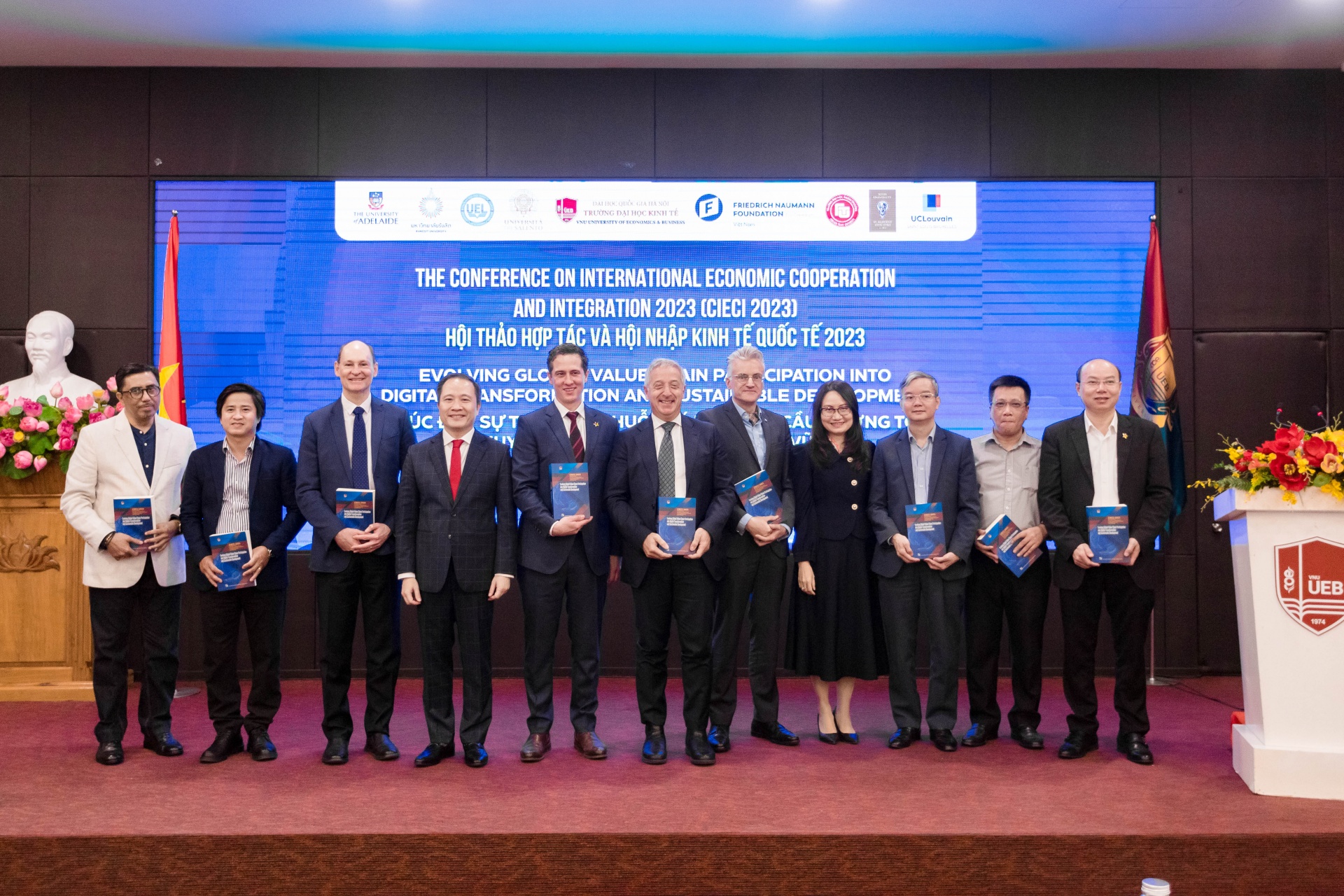
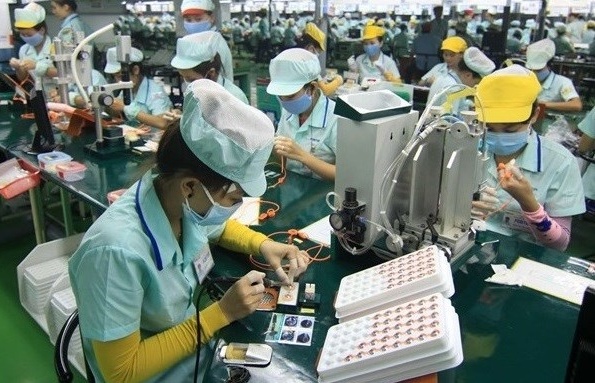
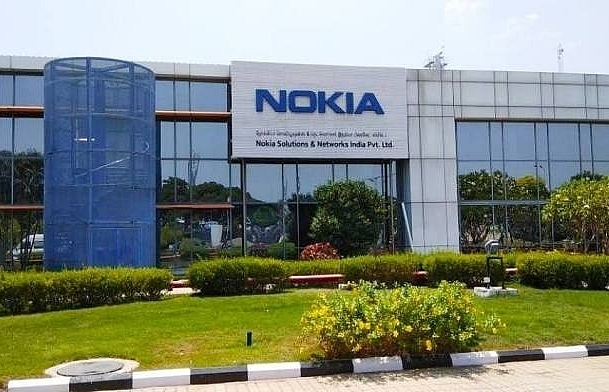
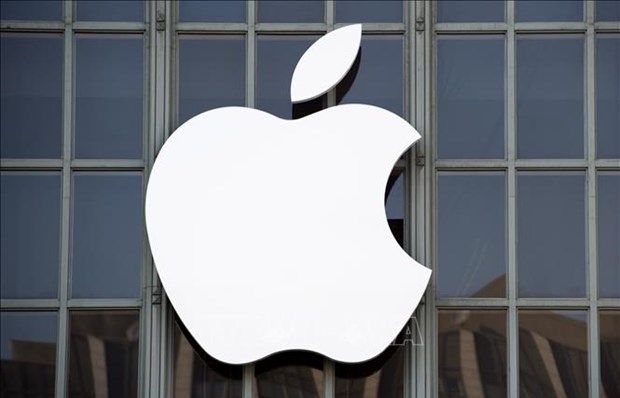
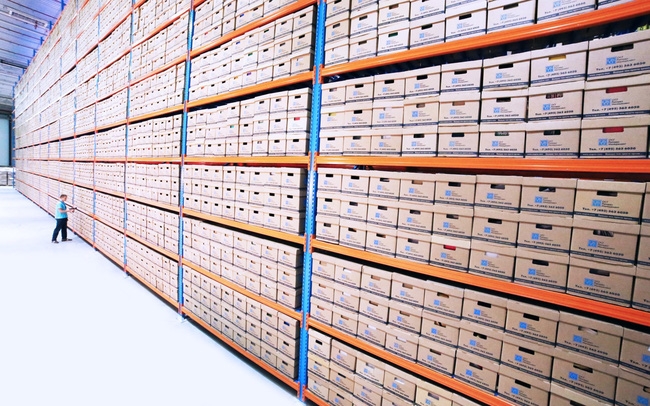
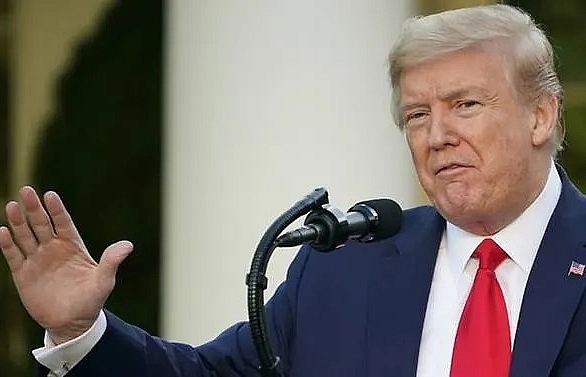
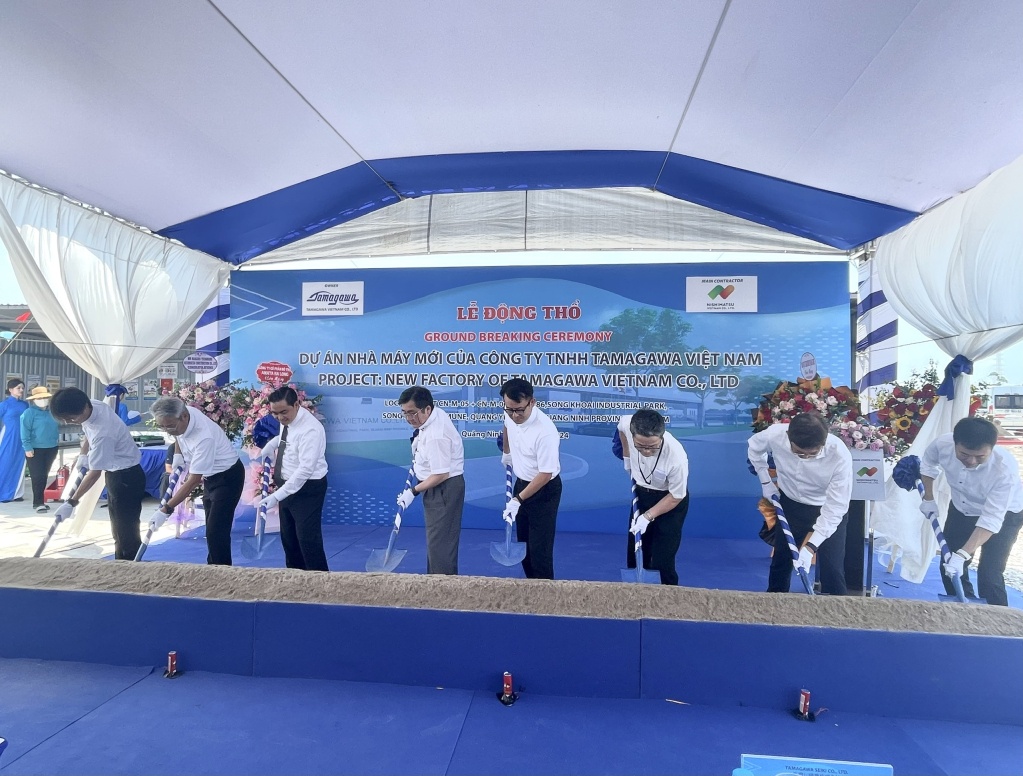
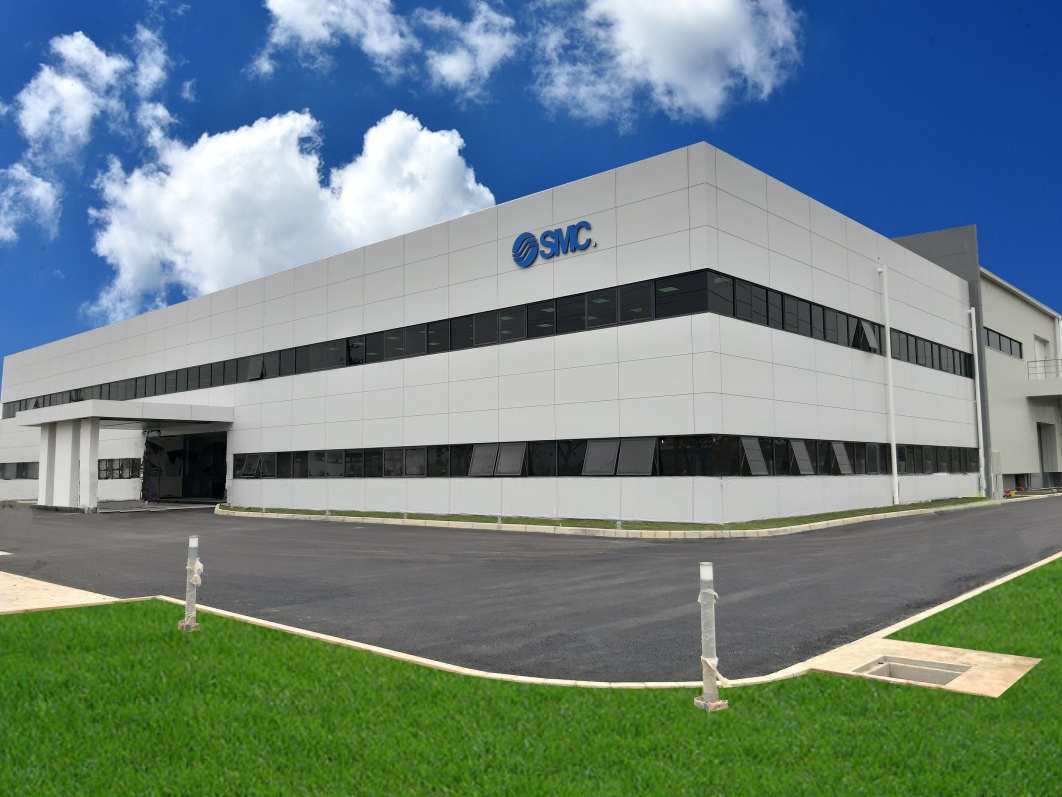

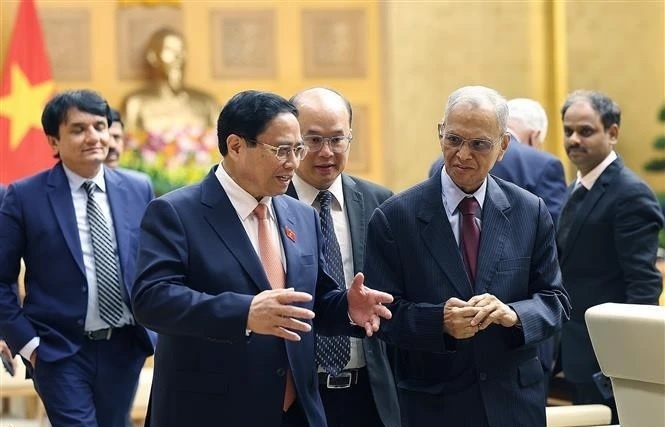
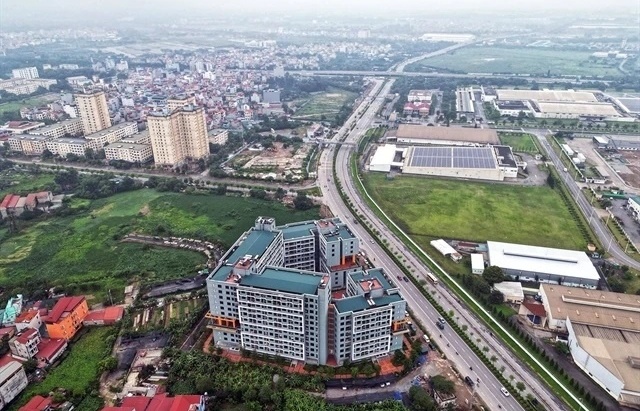
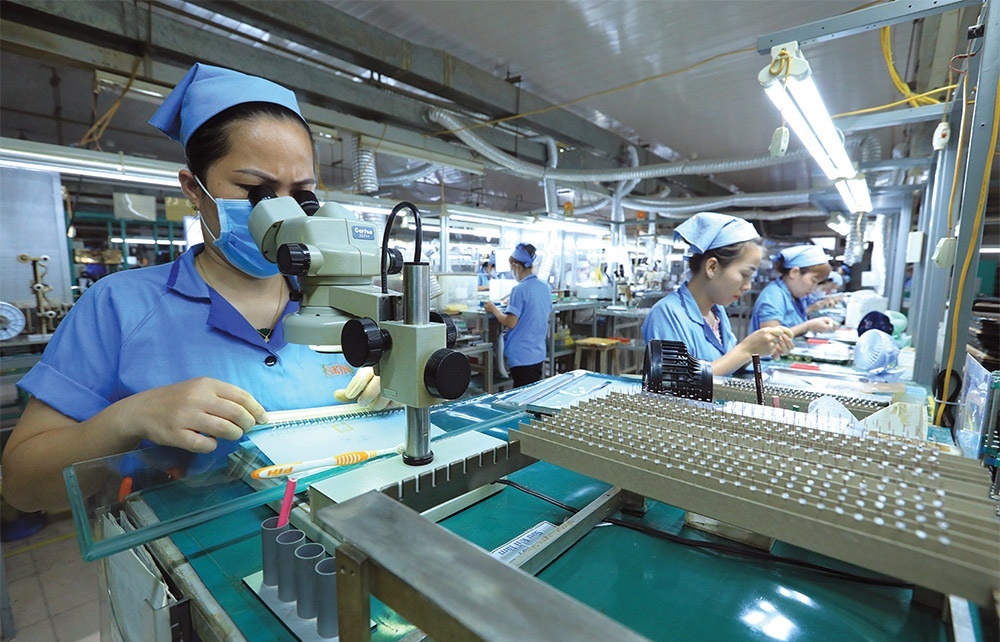


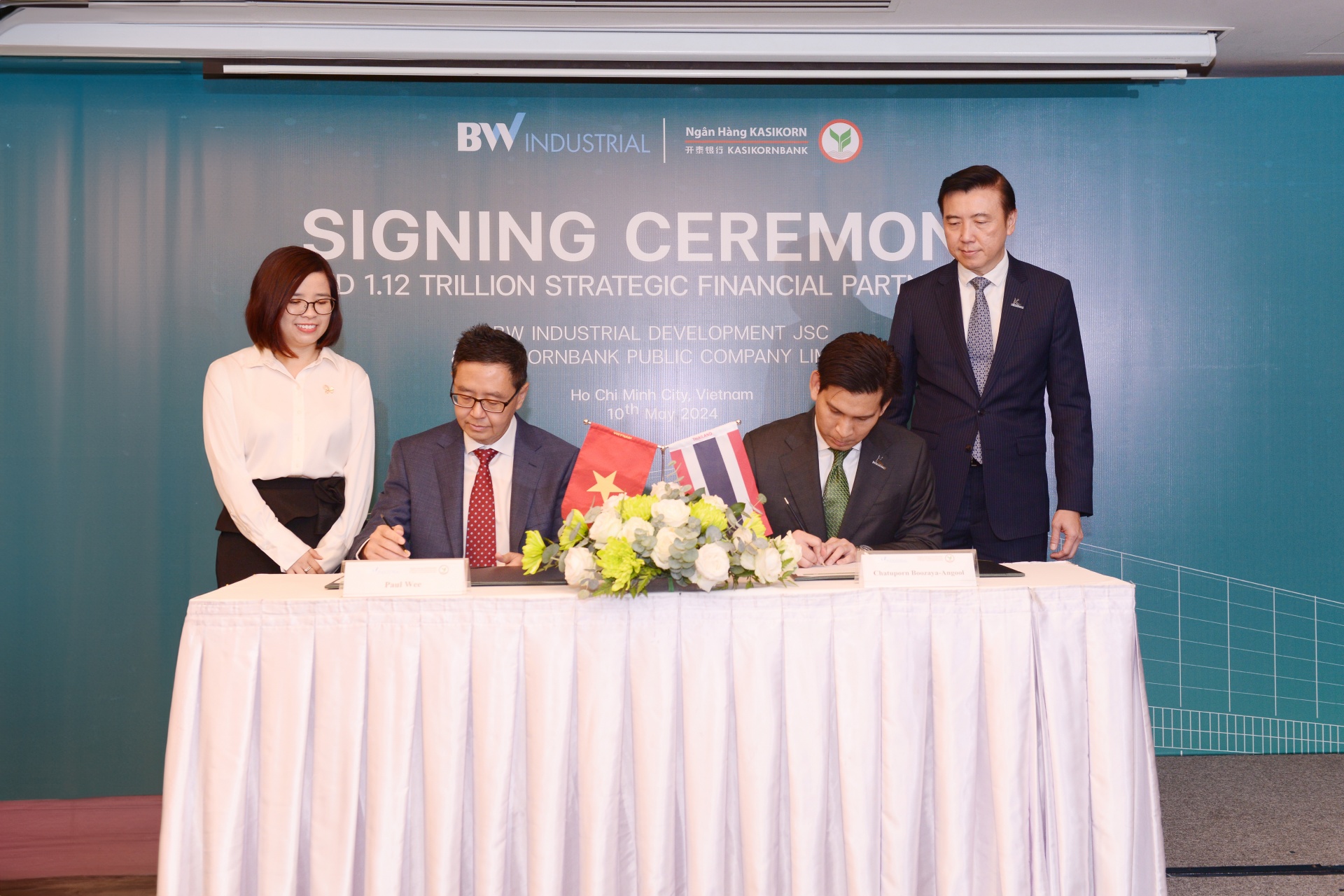
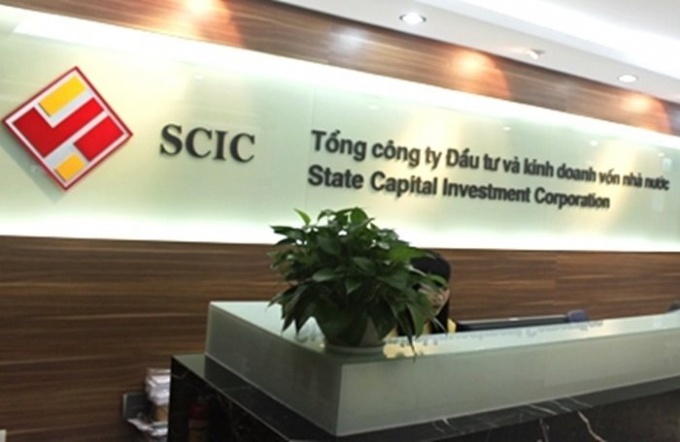




 Mobile Version
Mobile Version